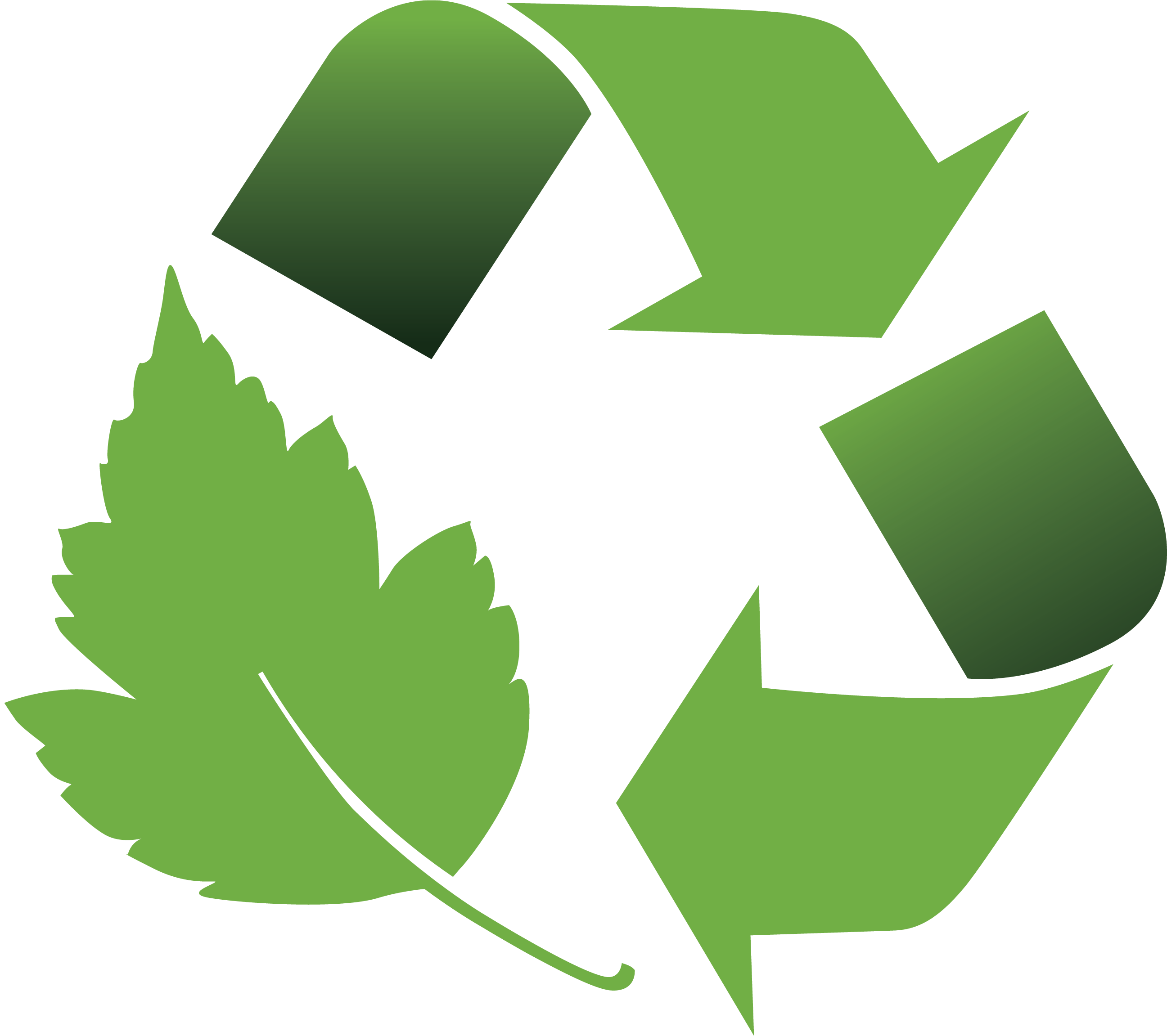PPM & PPB

Hydrogen Sulfide (H2S), Sulfur Dioxide (SO2) and Ozone (O3) are corrosive gases. This means that they penetrate the surface of metals over time. Not only does this jeopardize the integrity of metals, but it causes unsightly brown and black spotting.
One would think this an issue only experienced in heavily polluted parts of the worlds. While corrosion certainly happens more rapidly in areas like Asia, these gases exist everywhere. Over an extended period of time - and even in trace amounts - these types of gases cause corrosion.
So what’s the solution? Well, anti-corrosives of course!
Anti-Corrosives and Anti-Corrosion Methods Exist in a Variety of Formats.
For instance, Plating involves coating vulnerable metals with different, less reactive metals. Galvanizing involves coating metals with zinc, a generally more reactive metal, which corrodes in place of the metal it’s protecting.
These types of anti-corrosion methods don’t work for everything though. More often than not, covering a metal in a different metal defeats the purpose entirely! This is especially the case with jewelry. As stated previously, plating can protect a metal, but detracts from the piece’s beauty.
Overall, the most common form of protection in the jewelry industry is anti-tarnish tabs/strips/bags. It’s important to realize that not all anti-tarnish products are created equal.
Here’s a Hypothetical; What If I Told You...
You have a 1 / 1,000,000,000 chance of getting in an accident in Pennsylvania (1 in 1 Billion)
You have a 1 / 1,000,000 chance of getting in an accident in New York (1 in 1 Million)
What state would you prefer to drive in? I’m guessing you’d choose Pennsylvania, because there’s a significantly lower chance of you getting in an accident. Well, the same logic applies to corrosive gases. You would prefer to live in an area where 1 out of every 1,000,000,000 air molecules was Hydrogen Sulfide as opposed to 1 out of every 1,000,000.
When it comes to pollutants or contaminants, parts per billion (ppb) is ALWAYS better than parts per million (ppm). While initially it sounds like there are more pollutants in ppb, there are actually less. Parts per billion and parts per million denote fractions. We’d all rather live in an atmosphere where there’s less Hydrogen Sulfide.
Let’s Get Back to Anti-Tarnish Materials
- A silver bracelet is stored with an Intercept Technology strip in an atmosphere where Hydrogen Sulfide exists at .11 PPB
- A silver bracelet is stored with an Other Anti Corrosive in an atmosphere where Hydrogen Sulfide exists at .11 PPB
THE GOOD NEWS: This level of H2S in the air is perfectly healthy for human beings (yay!).
THE BAD NEWS: The vast majority of anti-tarnish materials are ineffective within this range.
.11 PPB (.0001 PPM) is the average level of atmospheric Hydrogen Sulfide found in the United States.
Independent Laboratory Test Results

Most anti-tarnish materials require corrosive gases to be in the atmosphere at levels significantly greater than those safe for human occupation before even becoming effective. Therefore, the silver bracelet stored with the Other Anti Corrosive will still be exposed to the airborne contaminants.
The silver bracelet stored with Intercept Technology will remain protected within normal ranges of corrosive gases. Even when the chances of Hydrogen Sulfide of hitting your precious metals is low (in the ppb range), Intercept Technology has you covered!




